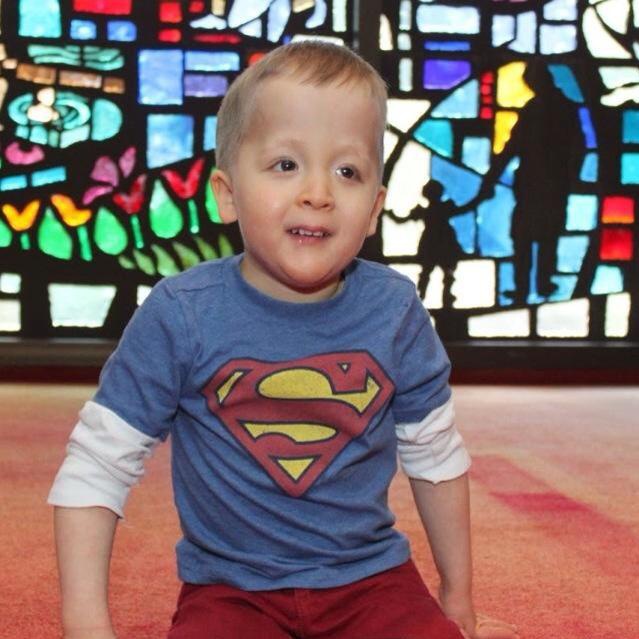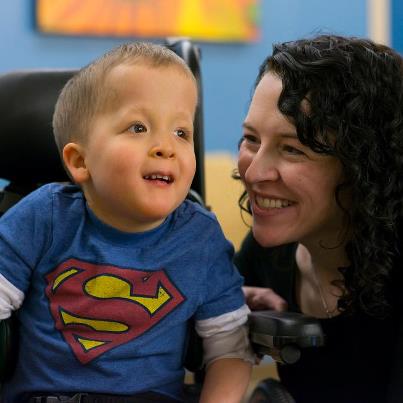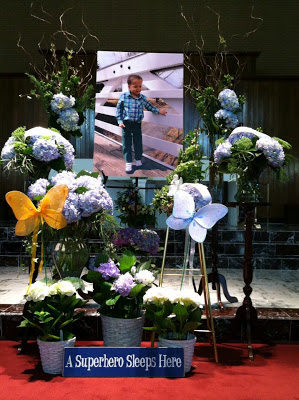I believe that even a kid can change the world. People think I am extremely naïve when I say this, especially because I am in most other ways a “show me” person who is a touch cynical. But I believe that one person can change the world, even if that person is a child. I believe this because I have seen it. The child who showed me this truth?
Gavin was a miracle every day of his life, but the true extent of his miraculous gifts only showed itself after his death at age five. The short version of the story is that he had a febrile seizure and died. On his mother’s birthday. In the midst of her grief, Gavin’s mother, Kate Leong, asked people to honor her son by doing acts of kindness.
And the community responded in an incredible way.
Later, Kate decided to further honor her son by founding Gavin’s Trust Project, to fund special needs preschools and the Chester County Intermediate Unit so they could help the kids in their care reach their full potential.
The Trust Project raised over $25,000 (and continues today).
But Gavin’s inspiration and influence didn’t stop there. This weekend I attended a fundraiser for an all-abilities playground at A.I. DuPont Hospital in Delaware. Why an all-abilities playground?
Because Kate still speaks for Gavin, and for those like him. When Gavin and his brother Brian were small, they were at DuPont for Gavin, and they stopped at the playground on the way out. Brian could play there—but there was not a single piece of equipment Gavin could safely use. This oversight was puzzling because DuPont is a children’s hospital dedicated to caring for kids with all sorts of disabilities and illnesses—and in every other area they more than excel in this regard. But on that day, Kate noticed a lack, one which would surely cause more pain to children who already struggle every day to fit in, to just be kids.
So a few months ago, Kate broached the subject to DuPont, and they agreed to build an all-abilities playground as they renovate and expand the hospital. But they needed funds to do it. So Kate turned to the community that had grown around Gavin during his life and death.
Kate put together a fantastic (and FUN!) fundraiser, including incredible silent auctions. The Gavin community came together from all over the world. Donations directly to hospital poured in from those who couldn’t come to the function. Ticket sales climbed to over 400 people. A social experiment in micro-donating racked up more money in minutes. The overall total raised by this gargantuan fundraising effort has topped $63,000 and is still climbing. To donate directly to this project, go here, choose a Donation Level OR put in the amount you would like to donate under Select A Gift Frequency, and choose “Abilities Playground” in the Donation Designation drop-down.
It has been a year since Gavin was inexplicably taken from us, but his legacy lives on. He has changed so many lives for the better. Kate continues to find ways to honor her son by helping others, and the Gavin community continues to be inspired by the spirit of this little boy who has changed the world without ever uttering a word.



